Preparation
The substrate must be clean, stable, and free from dust, oil, grease, and loose or flaking coatings. The surface should be level enough to ensure that an adhesive layer of no more than 3mm is required. For rough or uneven surfaces, use an appropriate filler or plaster to level the area, allowing it to dry before applying 2-3mm of PREMIUM CTA. Porous surfaces must be primed before application, and PVA is not recommended. Products like Bond It PRIMER & FLEXIBLE ADMIXTURE are ideal.
Plaster: Ensure the plaster is dry and has had sufficient time to gain the strength needed to support the tile weight (at least 4 weeks). Tiles should only be applied to the finishing coat. Replace any old or decaying plaster, and apply a bonding agent to dusty or friable plaster before use.
Gypsum Finishing Plaster: This should be at least 4-6 weeks old, fully dry, and cleaned of dust, efflorescence, and loose materials. For porous masonry, priming with Bond It PRIMER & FLEXIBLE ADMIXTURE is necessary. The maximum tile and adhesive weight on plaster should not exceed 20kg per m².
Cement Render: Ensure the render is dry, sound, and at least 2 weeks old before applying.
Sheets and Boards: All wood-based surfaces must be dry, sealed on exposed faces and edges, and primed with an appropriate primer. Timber boarding should be waterproof-rated, 15mm thick, and screw-fixed at 150mm centers to ensure stability. All boards must be level, without edge protrusions, and fixed with a 0.5-1mm gap between them and around the perimeter to prevent expansion issues.
Painted Surfaces: Check the paint’s adhesion to the substrate. If any areas are loose, remove the coating. Hard gloss paints are usually fine but should be scored to provide a key, which also helps reduce drying times. Emulsion paints, limewash, or similar coatings must be removed.
Application
Apply PREMIUM CTA using a notched trowel (5mm x 5mm at 10-25mm centers) to create a ribbed bed on the wall. Firmly bed the tiles into the adhesive with a twisting and sliding motion to ensure full contact. Occasionally remove a tile to check the bedding standard. For studded tiles, use a trowel with larger or more closely spaced notches, and butter the tiles with adhesive before placing them on the combed bed. Tile position can be adjusted for up to 10 minutes after initial placement.
Do not spread more adhesive than can be tiled within 15 minutes (approximately 1m²). The final adhesive bed depth should be between 2-3mm, and grout joints should be at least 2mm unless using self-spacing tiles. Clean any excess adhesive from tile faces with a moist cloth, and remove surplus adhesive from grout joints.
The “spotting” or “blobbing” method should not be used for fixing tiles. For tiles larger than 250x300mm, use a cement-based powder adhesive like Bond It CTA FLEXIBLE instead. When using cement-based adhesive on plaster or plasterboard, a suitable primer and sealer like Bond It PRIMER & FLEXIBLE ADMIXTURE or Bond It SBR ADMIXTURE is necessary.
Open Time
The open time of the exposed adhesive bed is approximately 15 minutes, depending on conditions. Do not apply more adhesive than will be used during this period.
Drying Time
The final set occurs within 24-72 hours, though drying times may be extended on impervious surfaces or with larger format tiles. PREMIUM CTA should not be applied to walls affected by penetrating damp or in temperatures below +5°C.
Grouting
Grouting can be carried out once the tile bed is firm enough, typically 24 hours after fixing on porous surfaces like plaster. For impermeable surfaces (e.g., existing tiles or waterproof boards), grouting may be delayed for up to 3 days.
Limitations
This product is unsuitable for use in swimming pools, areas subject to constant water immersion, or with porcelain tiles. It is also not recommended for large format tiles.



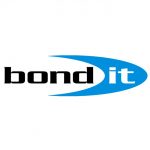
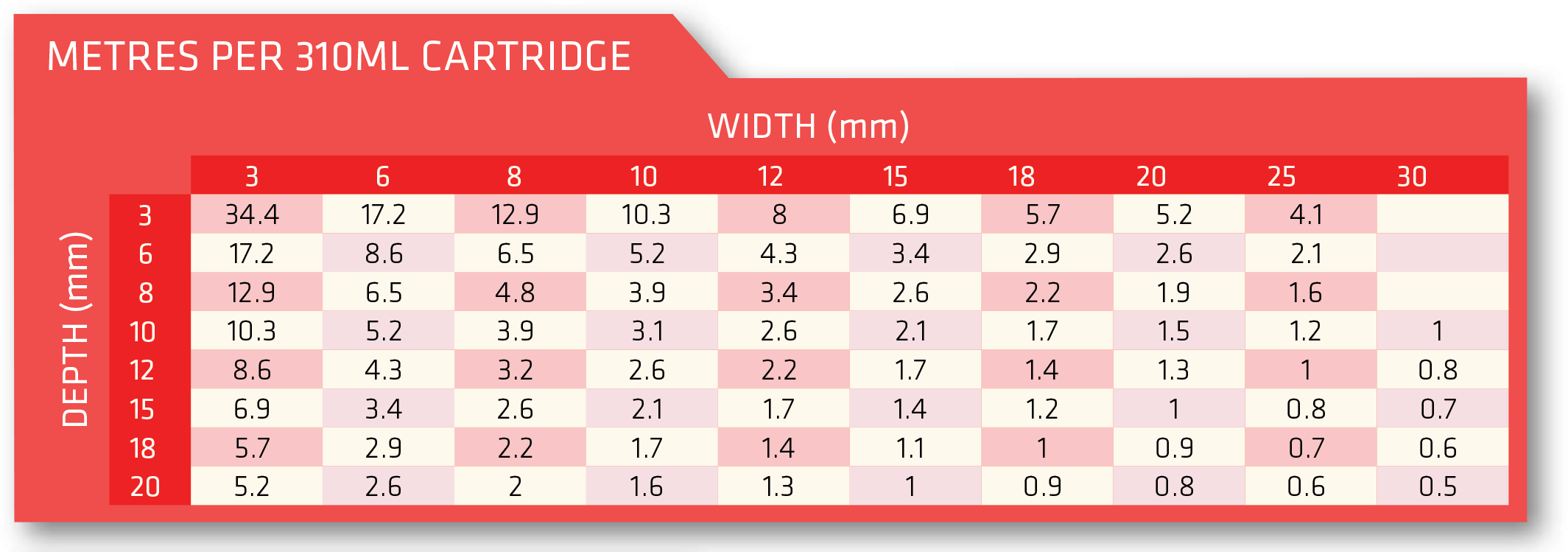
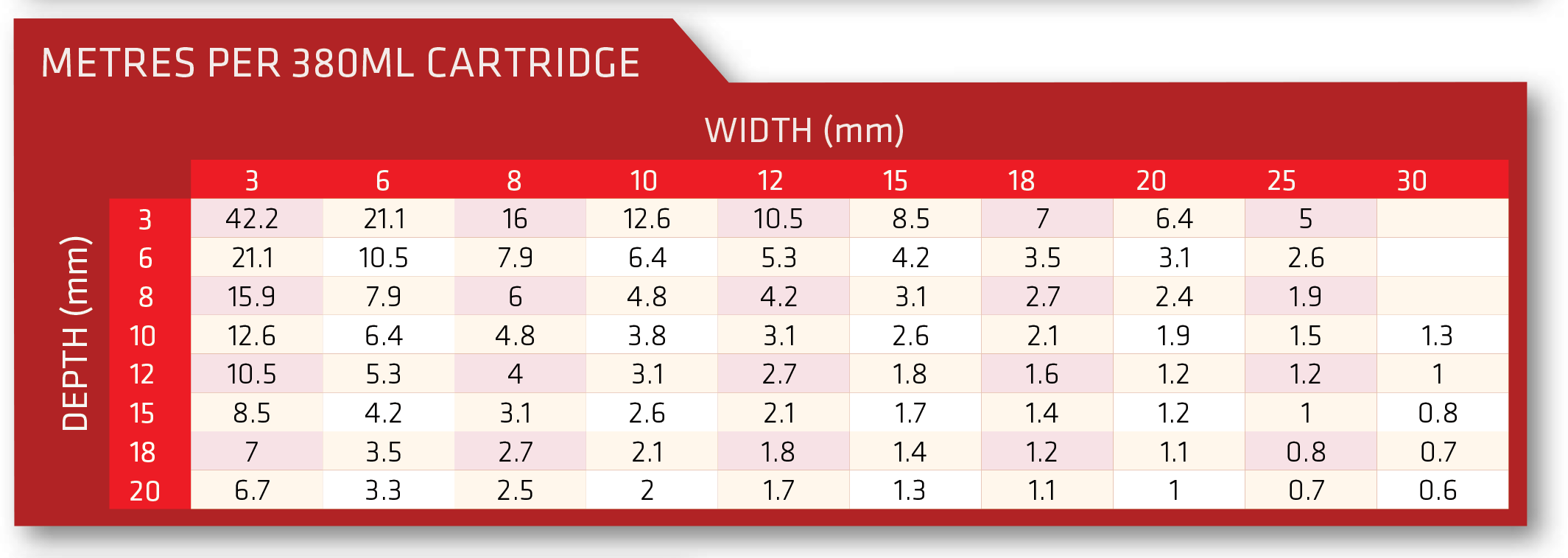
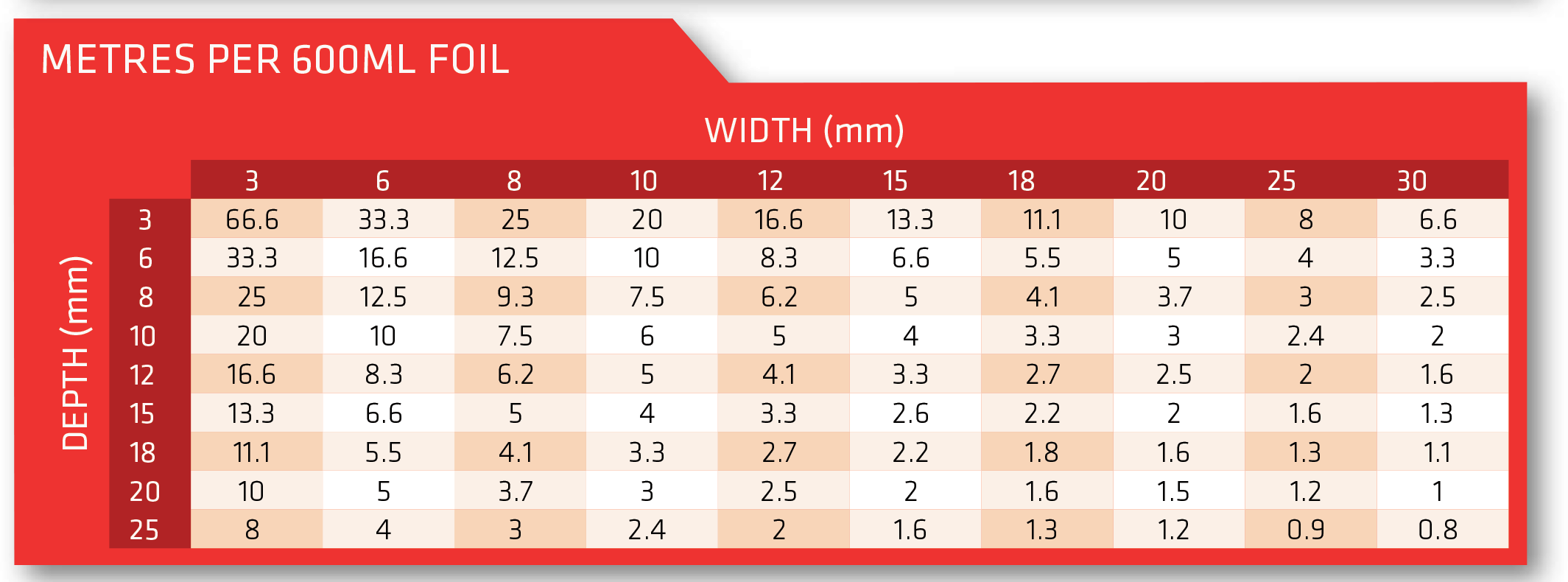






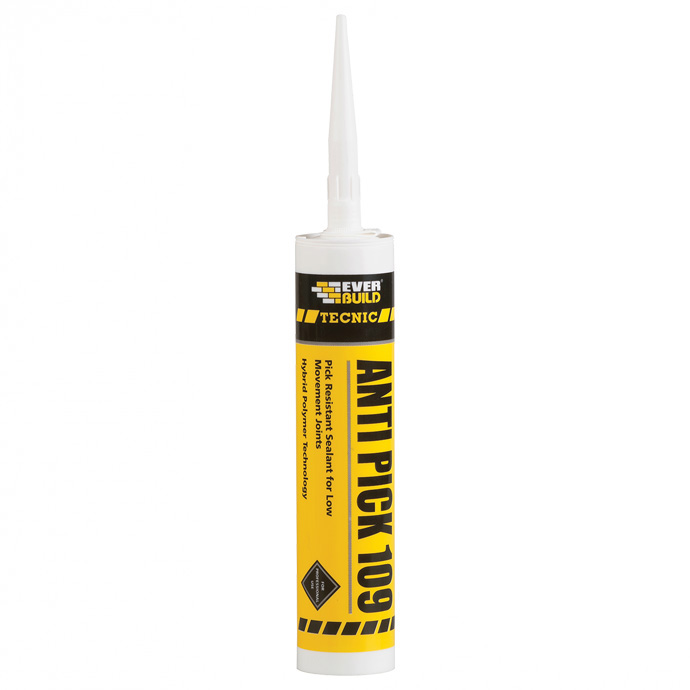
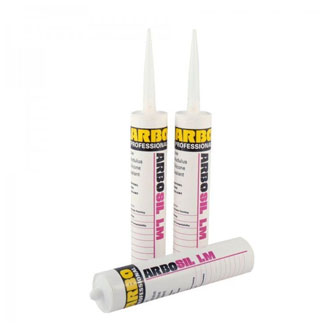

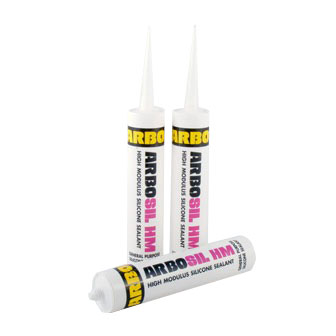
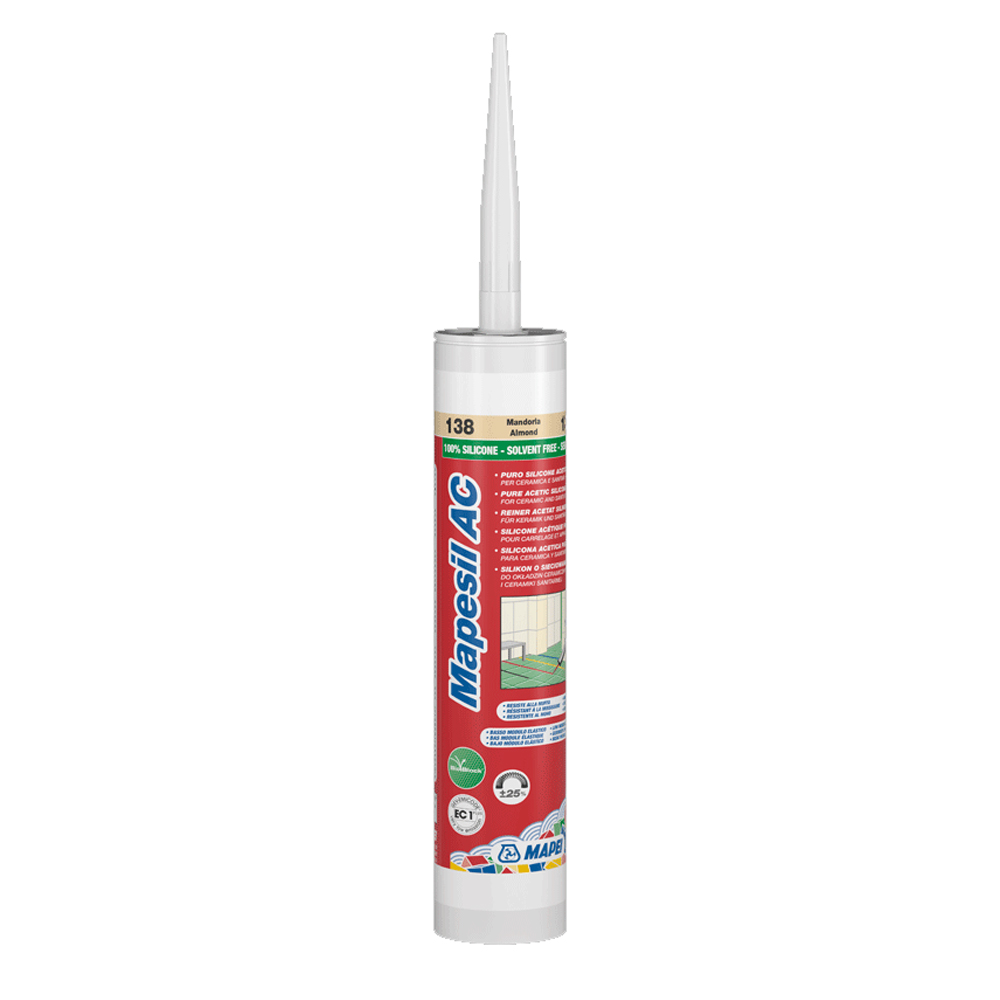

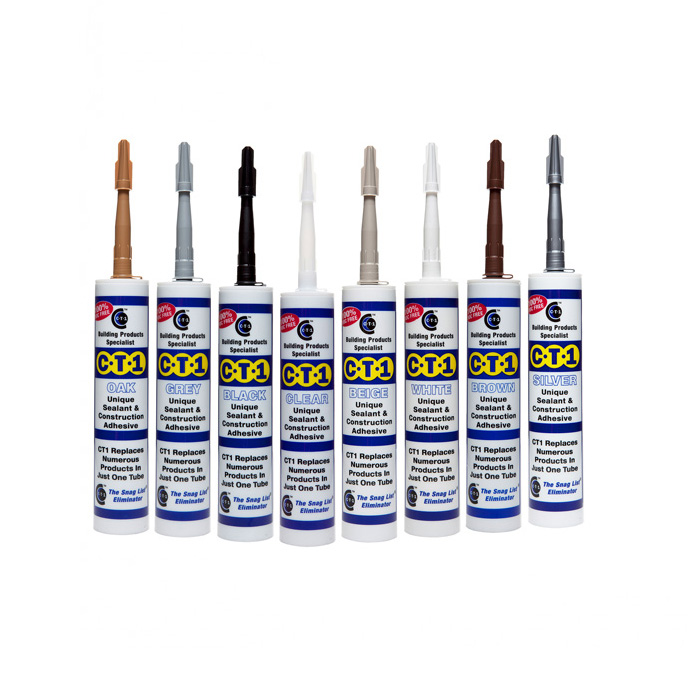








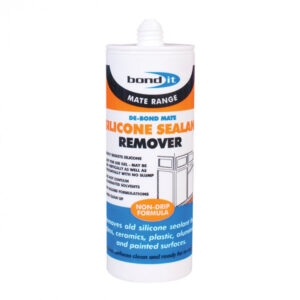
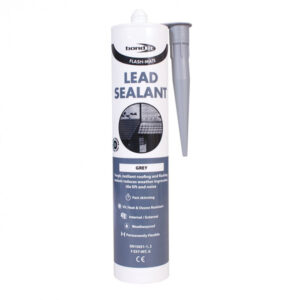

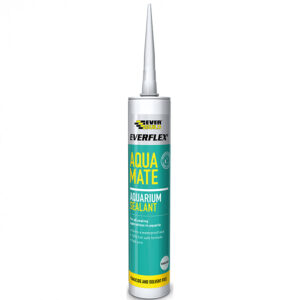
Reviews
There are no reviews yet.